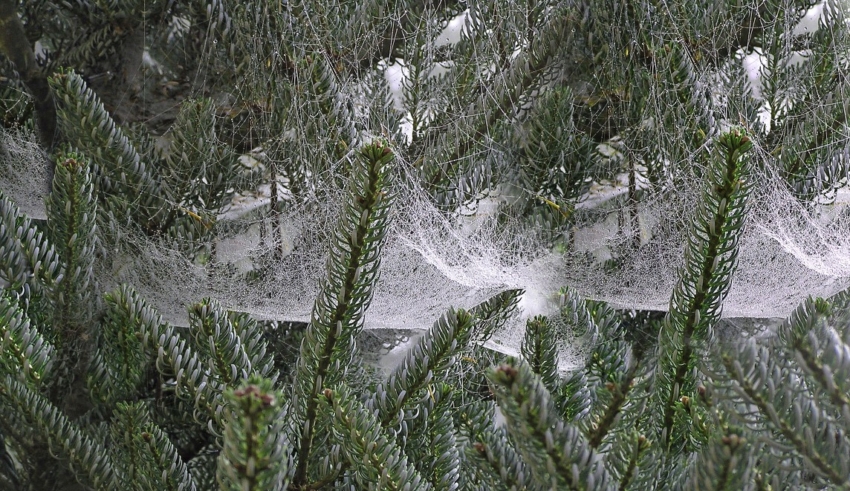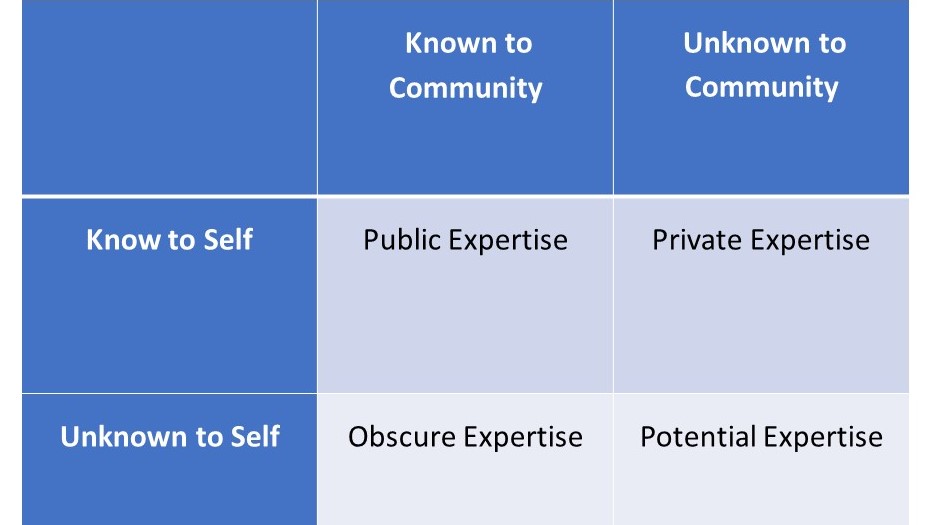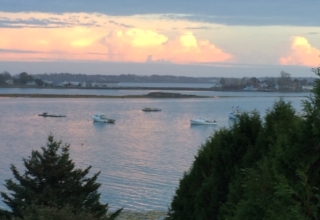
The expert and visionary leader, along those colleagues with whom they collaborate, must decide when “enough-is-enough” and when the mantle of expertise and leadership must be passed on to the next generation. The expert must become an expert regarding when to pass the mantle. The visionary leader must find and articulate a personal vision regarding what they will next do in their life. This is perhaps the most important decision that an expert, leader or collaborative group can make. When do we move on and how do we help the next generation succeed?
Conclusions: The Appreciative Window of Expertise
As we journey outward in learning to appreciate other people and situations we also begin to understand and appreciate ourselves in new ways. We come back full circle to ourselves and to self-understanding—a necessity for anyone wishing to facilitate collaborative expertise. The Appreciative Window of Expertise offers one way in which to comprehend the self-insight to be gained from an appreciative perspective and becomes a fundamental tool for building a community that fosters collaborative expertise.
There are essentially two ways in which both we come to appreciate our own distinctive area(s) of expertise: through self-perception and through the perceptions of other people. Our self-perceptions of expertise are based on the processes of reflection upon our own impact on the world in which we live and work, and comparisons we draw with other people who are also having an impact on this world. The perceptions of other people are made known to us through direct or indirect feedback. In some cases, we know of our expertise. In other cases, we do not. Similarly, in some cases other people know of our distinctive expertise. In other cases, they do not.
Given this scheme, there are four views of our expertise—as the widely used Johari Window (Luft, 1969, 1984) has popularized:
The Appreciative Window of Expertise
Download Article
















